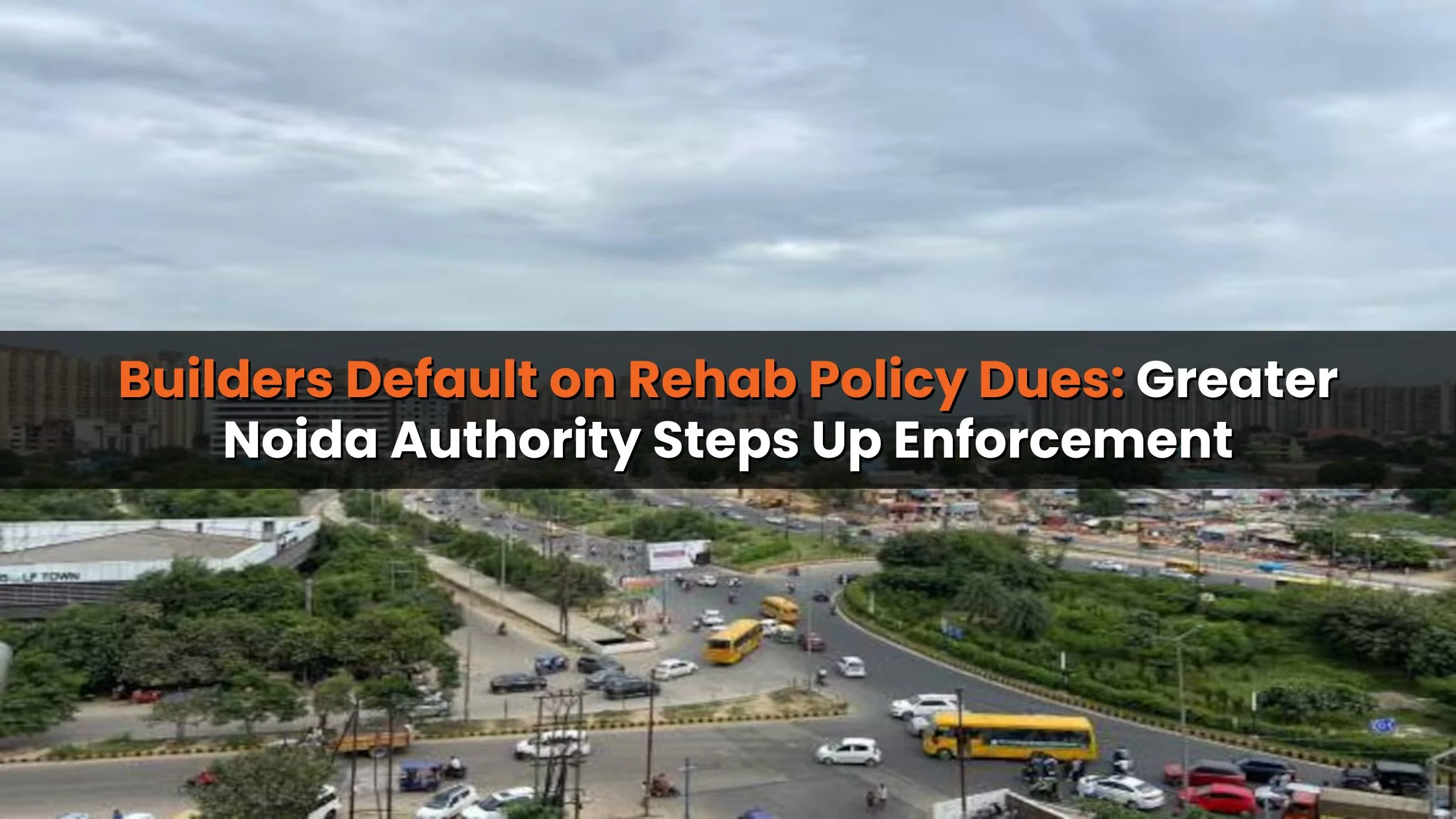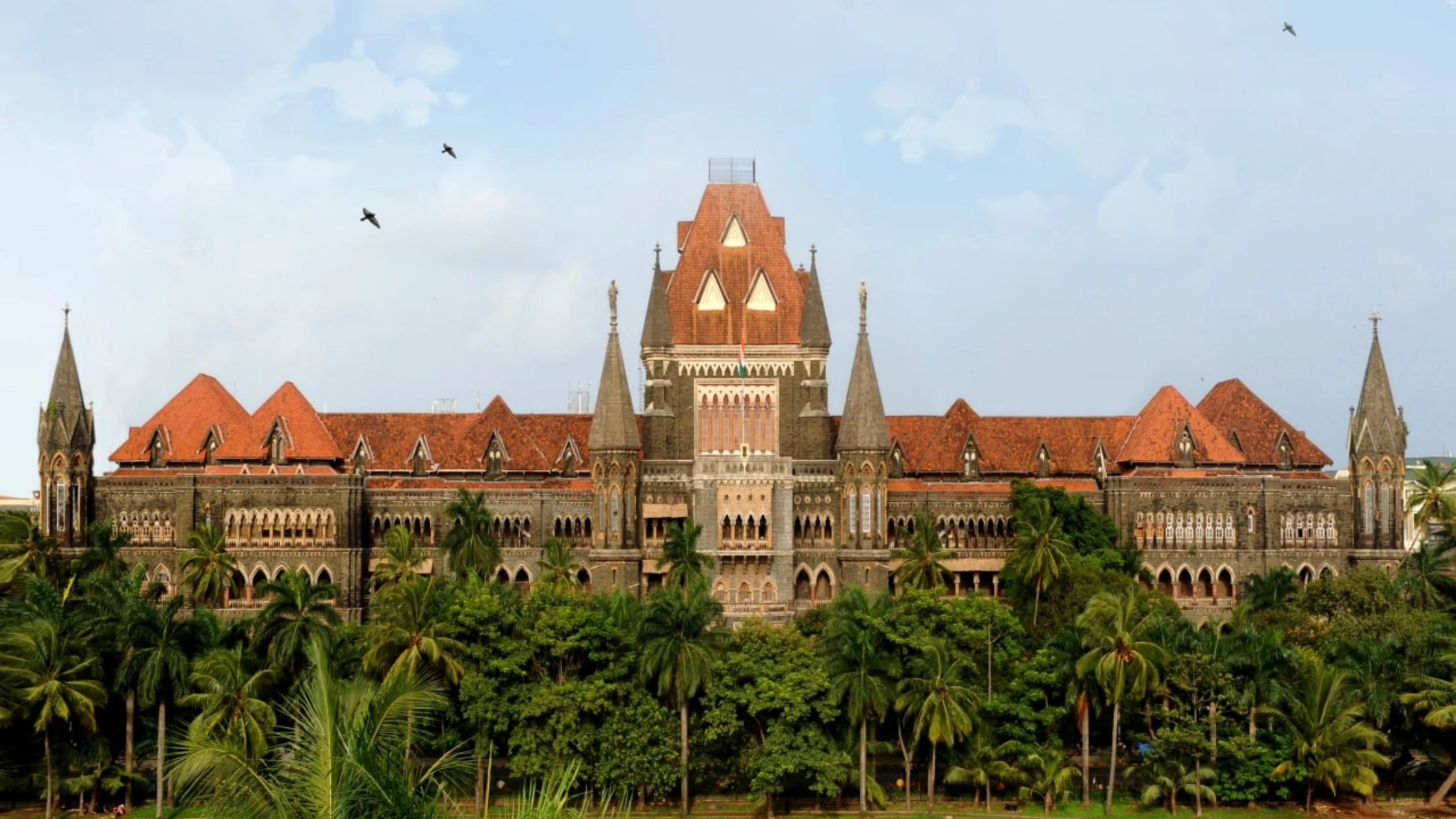Table of Content
After an eight-year hiatus, Ayodhya's real estate market has undergone a significant transformation with the revision of circle rates, which have increased by 30% to 200%. This change is expected to have a profound impact on property valuations, transactional transparency, and the overall dynamics of the city’s real estate market. Areas surrounding the Ram Janmabhoomi Temple, in particular, have seen the steepest hikes, reflecting the growing importance of Ayodhya as a hub of religious tourism and development.
Understanding Circle Rates
Circle rates are the minimum property valuation benchmarks set by authorities for land registration purposes. They form the basis for calculating stamp duty, property taxes, and compensation in land acquisition cases. By ensuring fair valuations, circle rates aim to maintain transparency and discourage the underreporting of property prices in transactions.
The latest revision in Ayodhya is a step toward aligning the official property values with actual market trends, thereby addressing long-standing discrepancies in the city’s real estate sector.
Also Read: Circle Rate in UP 2025: A Complete Guide for Homebuyers
Why the Circle Rates Were Revised
Growing Demand for Real Estate
The construction of the Ram Janmabhoomi Temple has made Ayodhya a focal point for religious tourism and associated developments. This surge in interest has driven up demand for residential and commercial properties, especially in prime locations near the temple.
Outdated Valuations
The last revision of Ayodhya’s circle rates occurred eight years ago, creating a significant gap between official rates and prevailing market values. The current revision addresses this gap, with officials conducting a thorough review and incorporating public feedback before finalizing the changes.
Promoting Transparency
The updated rates are part of broader governmental efforts to improve transparency in property transactions. By reducing the scope for underreported values, these revisions aim to create a more credible and efficient real estate ecosystem.
Impacts of the Revised Circle Rates
Notable Changes in Key Areas
Localities close to the Ram Janmabhoomi Temple have experienced the highest rate hikes, underscoring their premium status.
- For example, in areas like Rakaabganj, Devkali, and Avadh Vihar, rates have surged by over 150%.
- Around the temple, circle rates have risen sharply from ₹6,650–₹6,975 per square meter to ₹26,600–₹27,900 per square meter, reflecting the heightened demand and value of these prime locations.
Implications for Stakeholders
- For Landowners: The revised rates enhance the official valuation of properties, offering benefits in terms of improved loan eligibility and higher returns on sales.
- For Buyers: The hike translates into higher costs for stamp duty and registration, adding to the financial burden of purchasing properties.
- For Developers: With increased land valuations, developers may face higher project costs, potentially impacting pricing strategies and sales.
Expert Opinions on the Revision
Saurabh Vikram Singh, a local builder, noted, “While higher circle rates may increase transactional costs, they also elevate the perceived value of properties, fostering market credibility.”
Echoing this sentiment, real estate developer Vivek Agrawal commented, “Adjusting circle rates to realistic values promotes transparency in the sector, reducing discrepancies and unaccounted transactions.”
Challenges and Concerns
While the revised rates aim to enhance fairness and transparency, they also present certain challenges:
- Financial Strain on Buyers: The increased costs may deter some buyers and investors from entering the market.
- Potential Market Slowdown: A sudden and steep hike in rates could temporarily impact transaction volumes as stakeholders adapt to the changes.
Also Read: Everything You Must Know About Chandigarh Circle Rates
Conclusion
The revision of Ayodhya’s circle rates is a significant milestone for its real estate sector, reflecting the city’s growing importance as both a spiritual and economic hub. While the changes aim to align valuations with market realities and foster transparency, they also bring new challenges for buyers and developers. As Ayodhya continues to evolve, these measures are expected to lay the groundwork for a more robust, transparent, and balanced real estate market.
Follow AquireAcers Whatsapp Channel to Stay Updated With The Latest Real Estate News







Ans 1. The revision comes after an eight-year gap to align official property values with current market trends, especially in light of Ayodhya’s rapid development as a religious and economic hub.
Ans 2. Circle rates in Ayodhya have been revised by 30% to 200%, depending on the location. Areas near the Ram Janmabhoomi Temple saw the highest increases.
Ans 3. Key areas like Rakaabganj, Devkali, and Avadh Vihar witnessed rate hikes of over 150%. In the immediate vicinity of the temple, rates jumped from around ₹6,650–₹6,975 to ₹26,600–₹27,900 per square meter.
Ans 4. Buyers will face higher stamp duty and registration costs, increasing the overall expense of purchasing property in Ayodhya.
Ans 5. Landowners will see higher official property valuations, which can improve loan eligibility, resale value, and compensation in land acquisition cases.
Ans 6. Developers may experience higher land acquisition costs, which could influence project pricing and investment strategies.
Ans 7. While official valuations have risen, the actual impact on market prices may vary. In high-demand areas, prices could rise further, while in others, adjustments may be gradual.
Ans 8. Yes, there may be a temporary slowdown as buyers and sellers adjust to the new rates and increased transaction costs.
Ans 9. Yes. The revision is aligned with efforts to boost transparency, reduce black money in real estate, and support urban development linked to religious tourism and infrastructure growth.
Ans 10. While the revised rates are based on current assessments and public feedback, future revisions may occur based on market dynamics and policy decisions.